If you are renovating your bathroom and start daydreaming about sleek tiles, mood lighting, and rainfall showerhead, you’re making a big misake if choosing the right shower drain sits at the bottom of your priority list.
That little metal circle on your shower floor does way more than just swallow water. It’s your first line of defense against water damage that could turn your beautiful new bathroom into a moldy nightmare. Plus, the right drain can tie your entire design together like that perfect accessory to an outfit.
With bathroom renovations burning through $10,000 to $25,000 of hard-earned cash these days (at least according to what Remodeling Magazine reported last year), you can’t afford to overlook the small stuff.
And yes, your shower drain is definitely one of them.
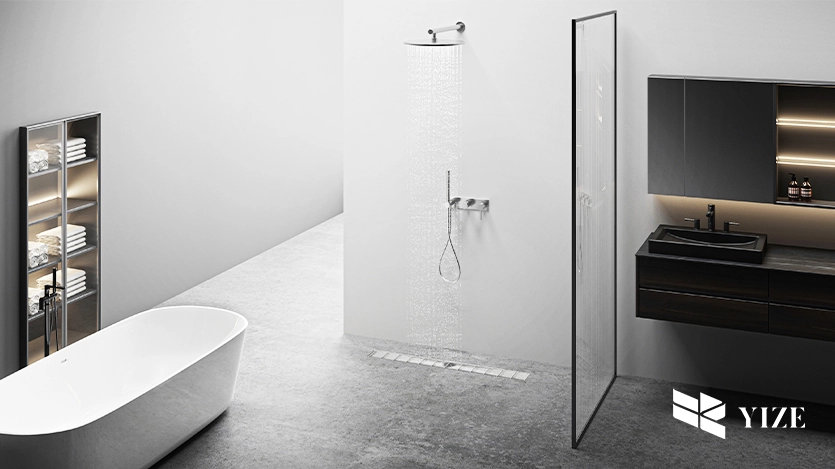
I. Why should you care about your shower drain?
The wrong drain can lead to slow drainage, funky smells, and even expensive water damage underneath your tiles. Think of it this way: even the best-designed shower won’t feel right if the water pools at your feet. Plus, with so many stylish options out there today, drains can add a finishing touch that makes everything look polished.
II. Picking the best drain for your shower setup
Choosing the right shower drain really comes down to how your bathroom is set up. If you have a standard square shower, a classic center drain is usually your best bet. It’s simple, reliable, and works for most layouts.
But if you’re going for a walk-in or open-concept shower, a sleek linear drain could be a smarter choice. It runs along one edge and looks clean and modern, plus it’s great for creating a more open feel.
Stainless steel is the go-to for most homeowners – it’s tough, doesn’t get gunky, and lasts forever. If you’re watching your budget, ABS plastic can work too, but might not handle the daily family traffic as well.
Something worth thinking about; many newer drains now come with those smart little add-ons like hair catchers or seals that keep smells away. These seemingly small features can be huge time-savers down the road. If you’re after a bathroom that looks great but doesn’t need constant attention, these upgrades are definitely worth considering.
III. Types of Shower Drains you can choose from
Here are the three most common types you’ll come across when you want to choose the right shower drain:
1. Center Drains
This is the classic choice you’ve probably seen in most homes. Center drains sit right in the middle of the shower floor. They’re easy to install, usually the most affordable option, and work perfectly for standard, square-shaped showers. If you’re keeping things simple and traditional, a center drain gets the job done without much fuss.
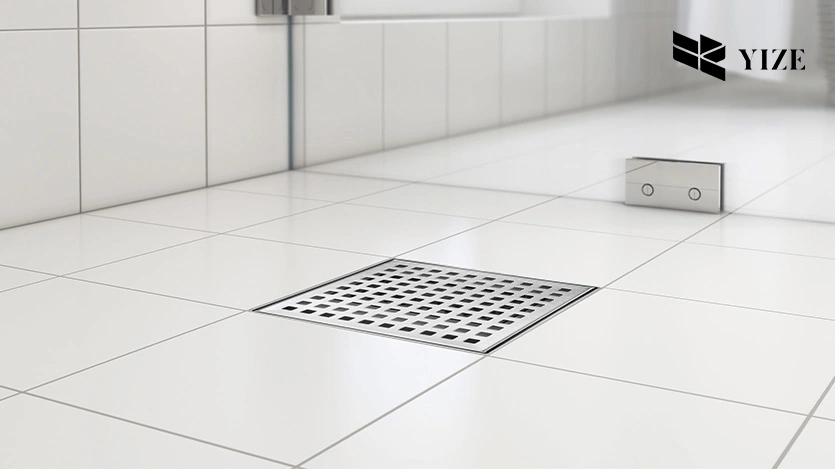
2. Linear Drains
If you want a cleaner, more modern vibe in your bathroom, choosing a linear drain is a smart move. With a linear drain, you can lay out your tiles however you want, and it’s way easier to create a smooth, gentle slope. Bonus: it’s also a lot more wheelchair-friendly compared to the old-school center drains that need everything slanting toward one spot.
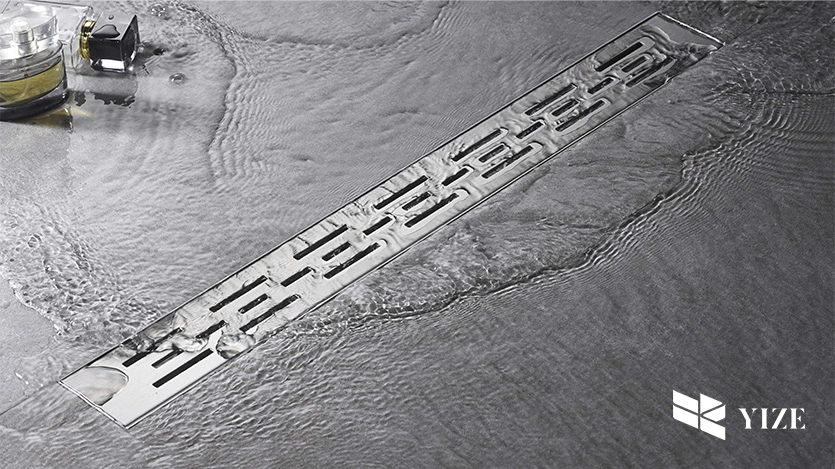
Quick tip: linear drains have grown in popularity by about 20% over the last few years, especially in luxury and minimalist-style bathrooms (Houzz 2023).
3. Tile-In Drains
For those who want the drain to disappear completely, tile-in drains are a perfect choice. They’re designed so you can place a piece of your shower tile right over the drain cover. This way, the drain blends right into your floor, creating a seamless and super stylish look. It’s perfect if you want everything to feel high-end and uninterrupted.
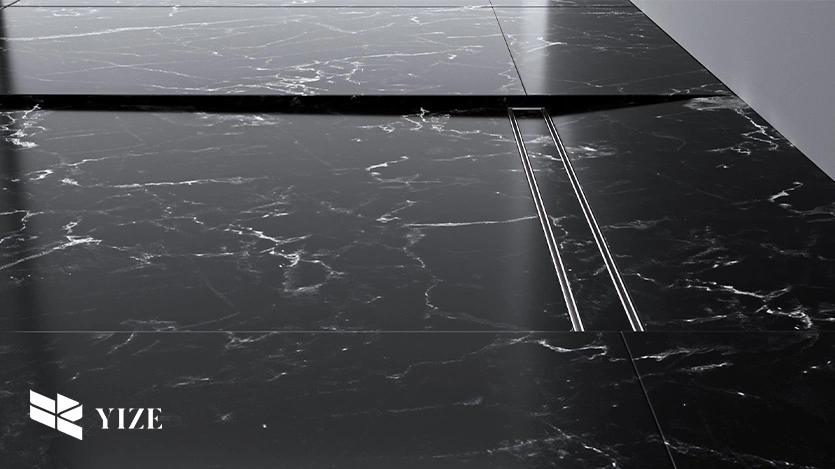
IV. Flow rates and installation
If you’re planning to install a powerful rain shower or multiple showerheads, you’ll need a drain that can handle the extra water quickly. Otherwise, you could end up with standing water no matter how fancy your tiles are.
And yes, you can DIY install a new drain if you’re confident. But honestly, if you’re moving the drain to a new spot, it’s smarter to call a plumber. Fixing a bad installation costs way more than getting it right the first time.
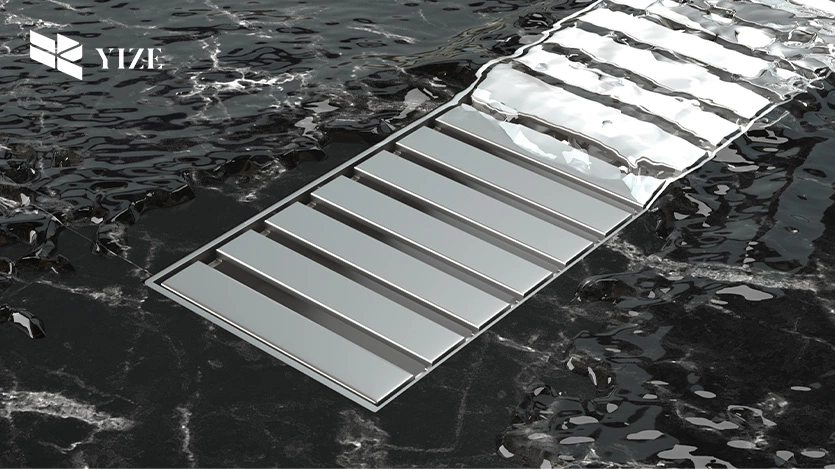
V. How much should you expect to spend?
The price tag varies based on what style catches your eye. Basic center drains are budget-friendly, typically running you $30-100. If you’re eyeing those sleek linear drains or hidden tile-in options that designers love, expect to shell out more – usually starting around $150 and climbing upward of $400 for premium brands with all the bells and whistles.
When you think about it, that’s not too bad for something that’ll keep your bathroom dry for the next decade or two. A quality drain is one of those “buy it once, cry once” purchases that pays off in the long run.
VI. Final Thoughts
Let’s be real; nobody gets excited about shower drains until theirs stops working! But picking the right one makes a world of difference.
I learned this the hard way after weeks of standing in ankle-deep water during showers. When I finally upgraded, I couldn’t believe I’d waited so long. YZDrain makes some pretty solid options if you’re in the market. Their stuff looks good without being overly fancy or complicated.
FAQs
Q1: How long will my new drain last?
A quality drain should stick around 10-20 years if it’s installed right. Worth the investment!
Q2: Can I DIY this?
If you’ve got basic plumbing skills and the right tools, absolutely. If not, calling a pro might save you headaches (and potential water damage).
Q3: What’s trending in drain styles?
Those sleek linear drains are everywhere right now, especially in those gorgeous walk-in showers without curbs.
Q4: Do newer drains actually prevent clogs better?
They really do! Many come with smart hair-catching features and easy-to-remove covers that make maintenance so much simpler.
Q5: Is replacing a drain going to break the bank?
The parts themselves are surprisingly affordable. It’s the labor that adds up if you need to call in a professional. But compared to the frustration of a poorly functioning drain? Worth every penny.
